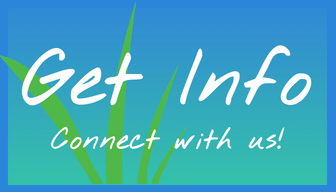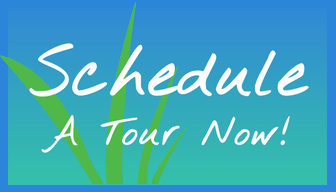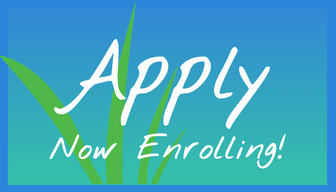By Ann Harman
The Feldenkrais Method was developed by engineer, physicist, and judo expert Moshe Feldenkrais. It is a method of learning efficient movement, including coordination, balance, and natural breathing. As it focuses on the connections inherent in our movement; it has been called “Family therapy for the community of the skeleton.”
The learning style is not through books or explicit directions, like most adult learning. A young child learns movement through exploratory play and curiosity. We use a variety of movement explorations, using novel, interesting, and challenging movements. These help us to relearn movement patterns that were learned in childhood, but perhaps have been replaced by less efficient patterns as we adapt to accidents, injuries, the aging process, and occupational stresses.
Why should massage therapists know about the Feldenkrais Method?
One of the most important things that we can learn has to do with the connections between body parts. When most clients complain about their necks, they want your work to concentrate on the neck. However a lot of neck pain is due to faulty posture; the head is not well supported on the spine, so the neck has to work especially hard to support it. People feel great on the table, but the pain starts to return as soon as they stand up because the standing position immediately puts stress on the neck. For long-lasting results, the postural issues need to be addressed. Also, many headaches are related to TMJ issues and eyestrain. These issues also can be addressed using this method.
When we study anatomy, we look at books, skeletons, and sometimes cadavers. All of these place the understanding of anatomy as something outside our own bodies. The exploratory movements that we do in the Feldenkrais Method give us an embodied understanding of anatomy which goes much deeper.
When we have this internal, embodied sense of anatomy, it becomes natural to sit, stand, and move in a more aware and coordinated manner. Good body mechanics then come naturally, ant you are much less likely to have injuries, or to feel exhausted at the end of the day.
Feldenkrais work also offers different perspectives, which provide other possibilities of approaches to client care. For example, in looking at core strength, we look at a much wider horizon than most. We ask questions such as, “ is the person moving from the core? “Are the flexors and extensors working in balance with each other? Does the person have good coordination of the core muscles, so that they can work in harmony with each other?”
Self-care is critical for any therapist who wants massage to be a lifelong career. The Awareness Through Movement© explorations relieve pain, relax the body, and are an excellent way to do self care.
Ann Harman is an LMT, Guild Certified Feldenkrais Practitioner©, LMT, and retired osteopathic physician. She is teaching two classes based on the Feldenkrais Method this summer: “Neck Pain, Tension Headache, and Eyestrain” on June 12, and “Understanding Core Strength” on June 27.



